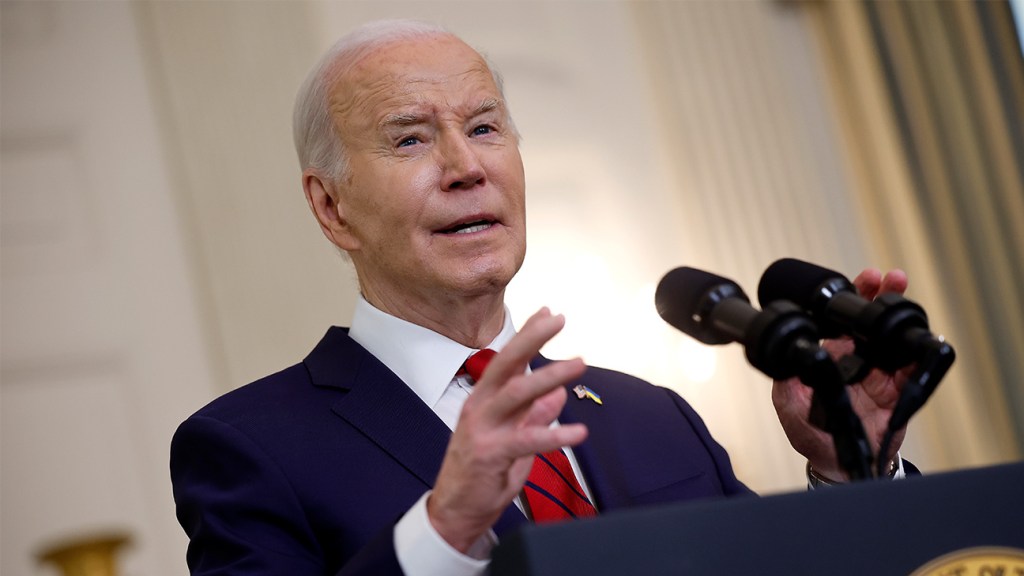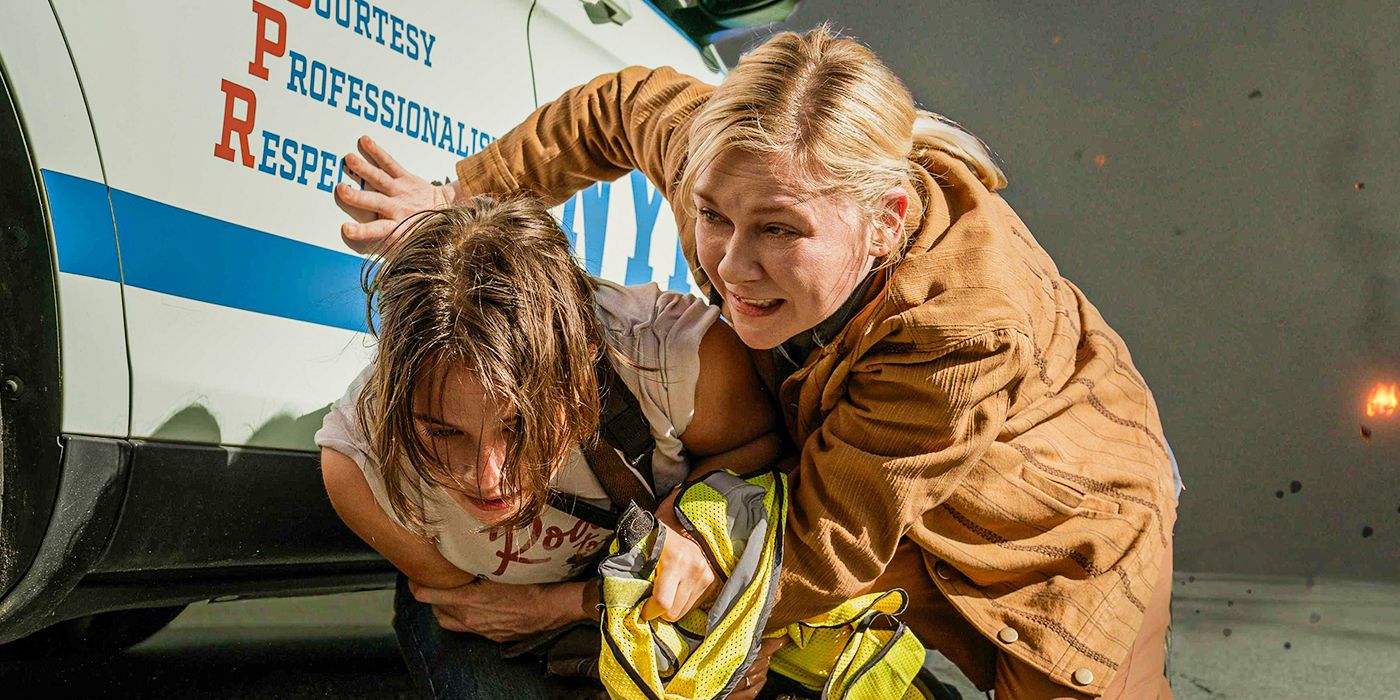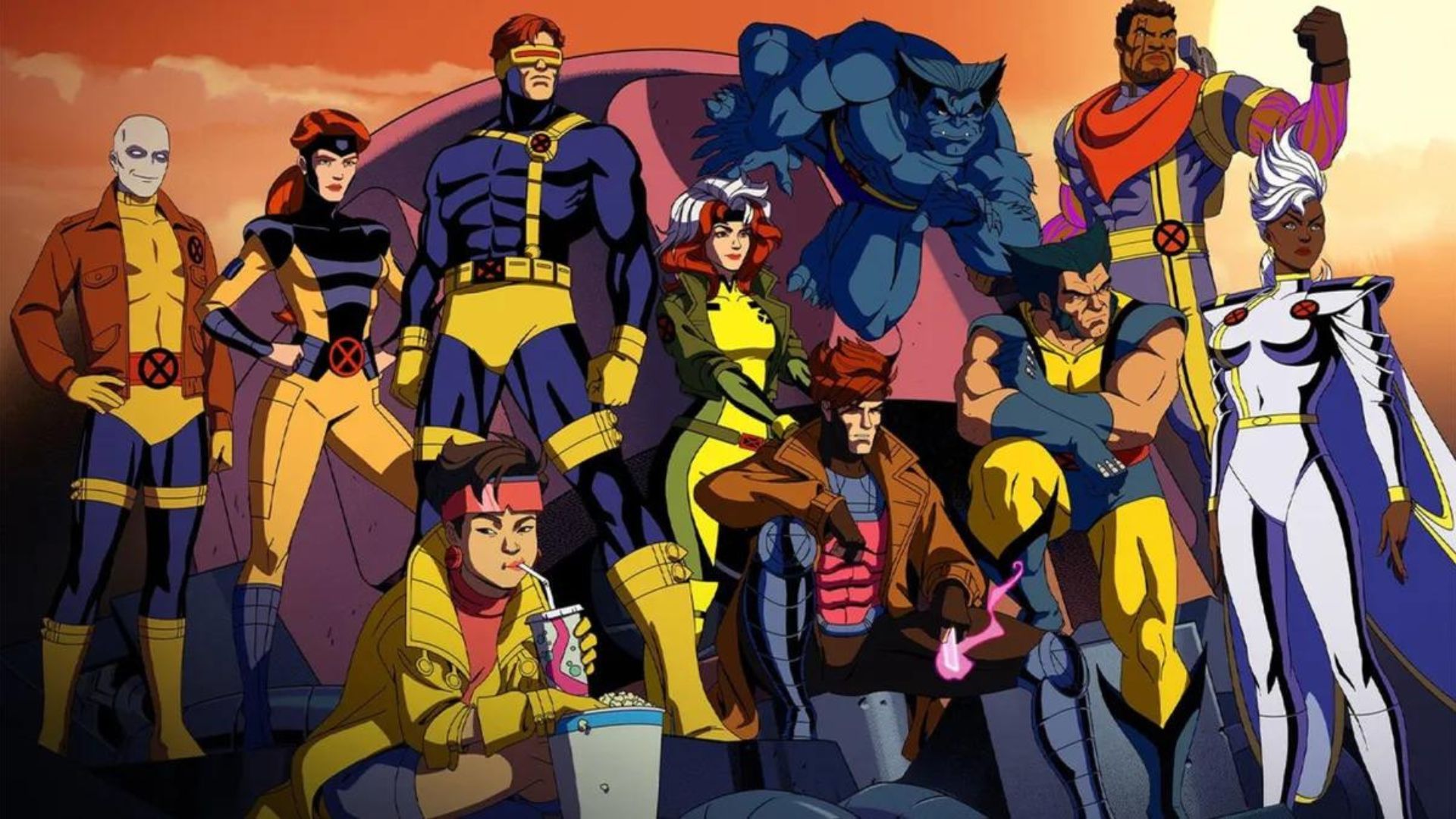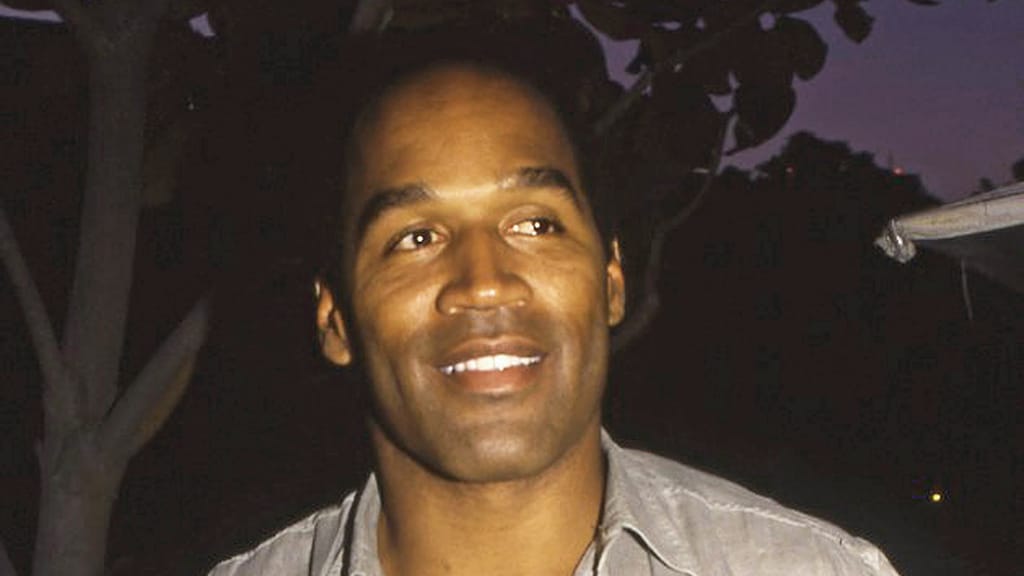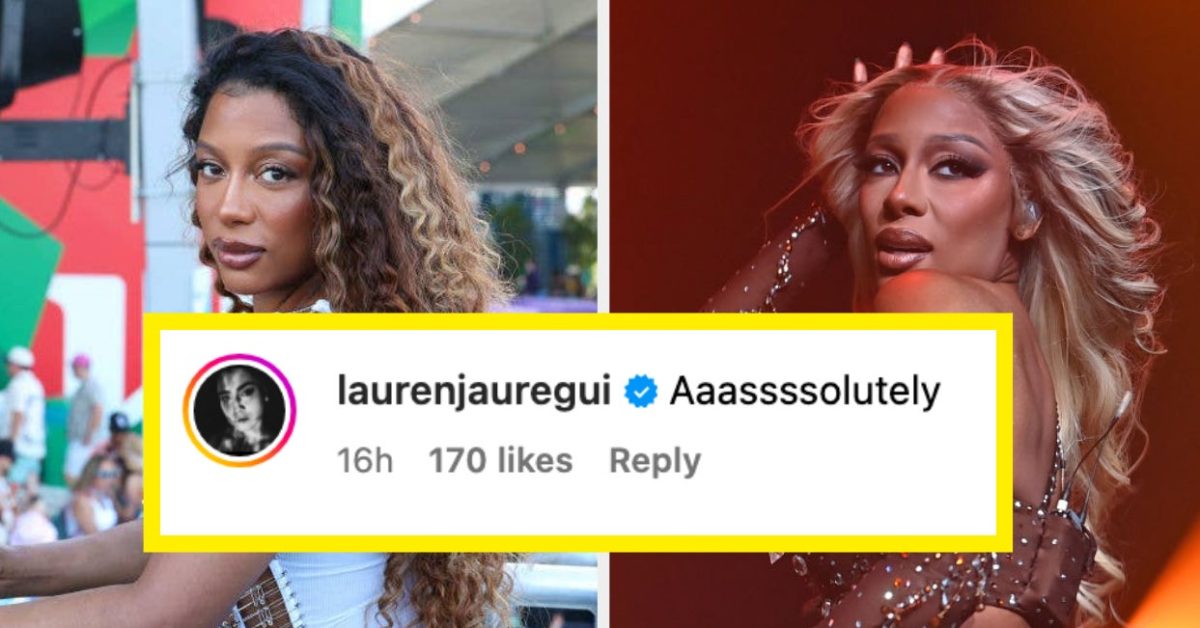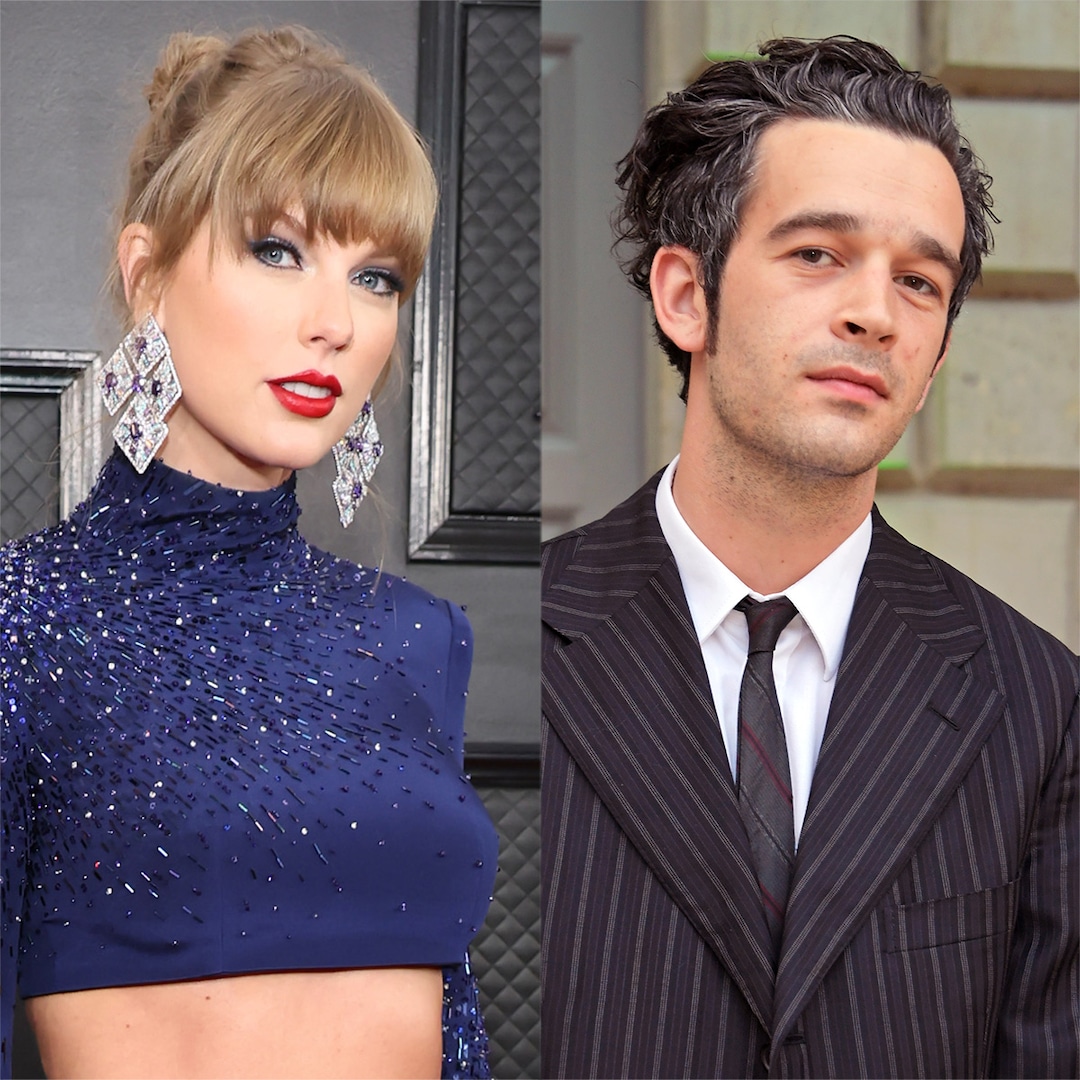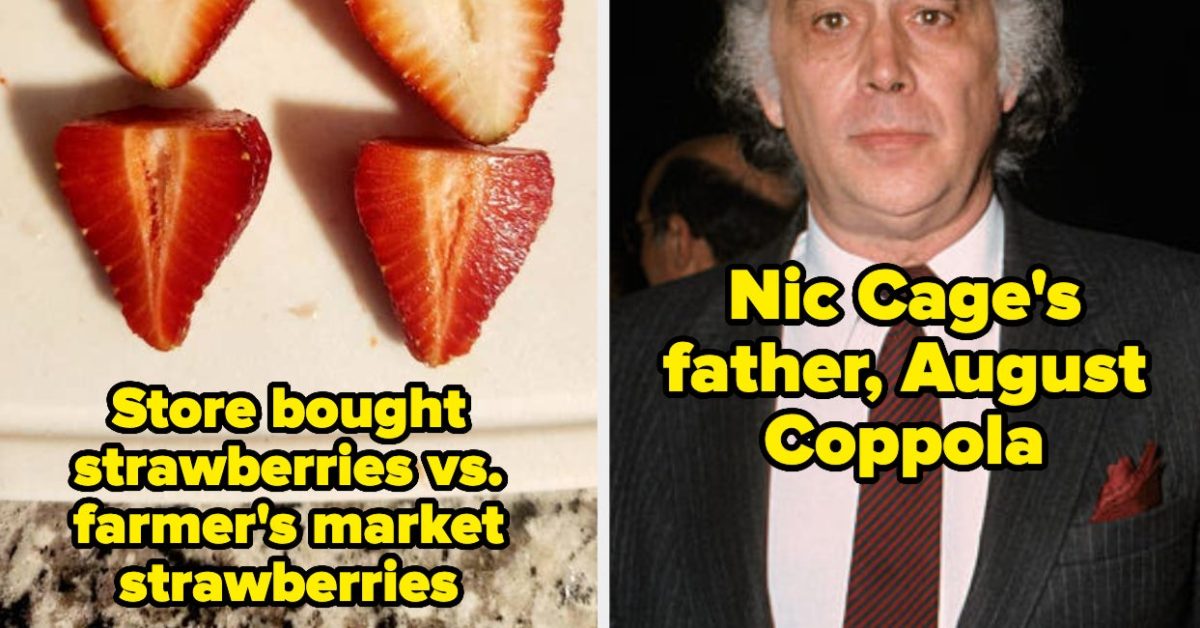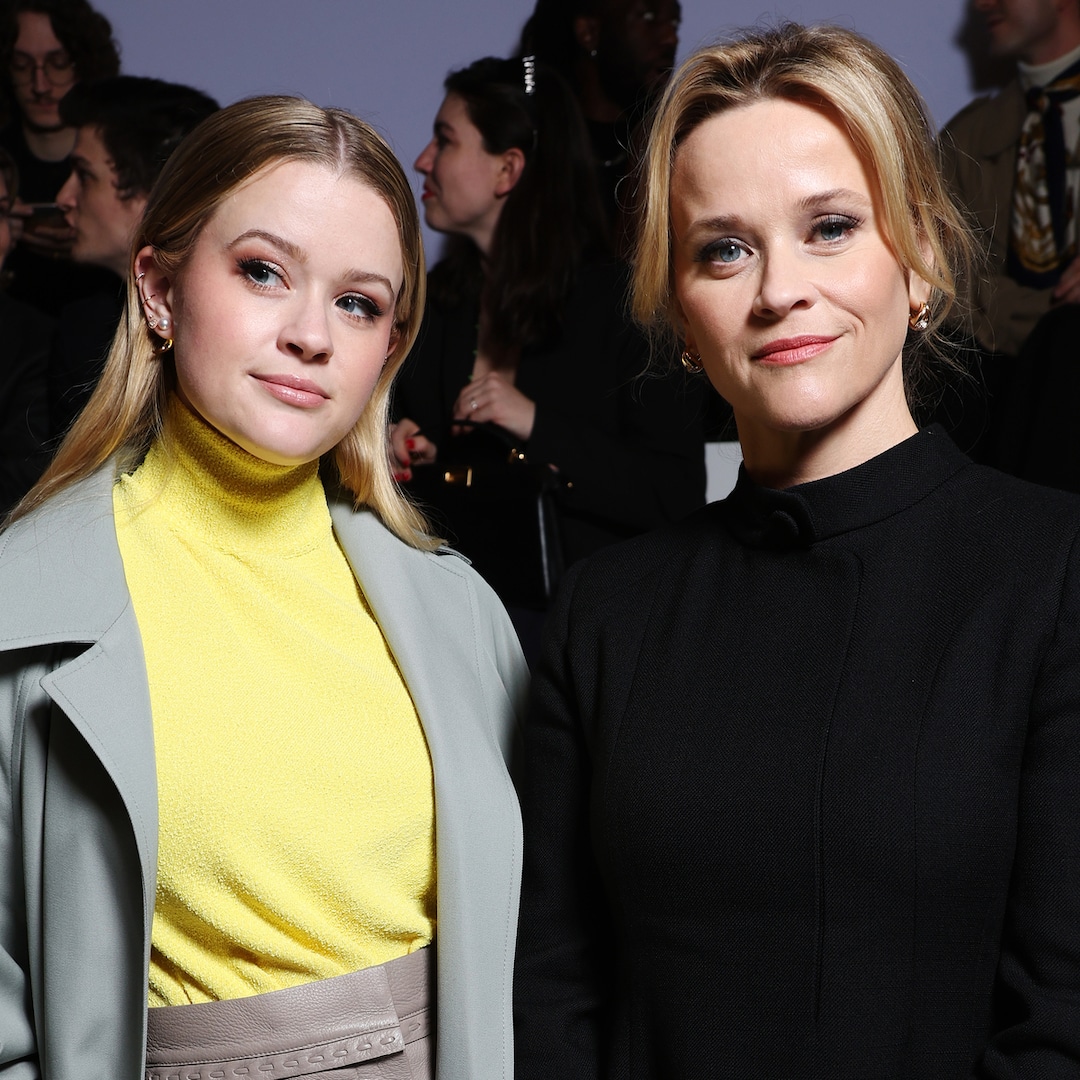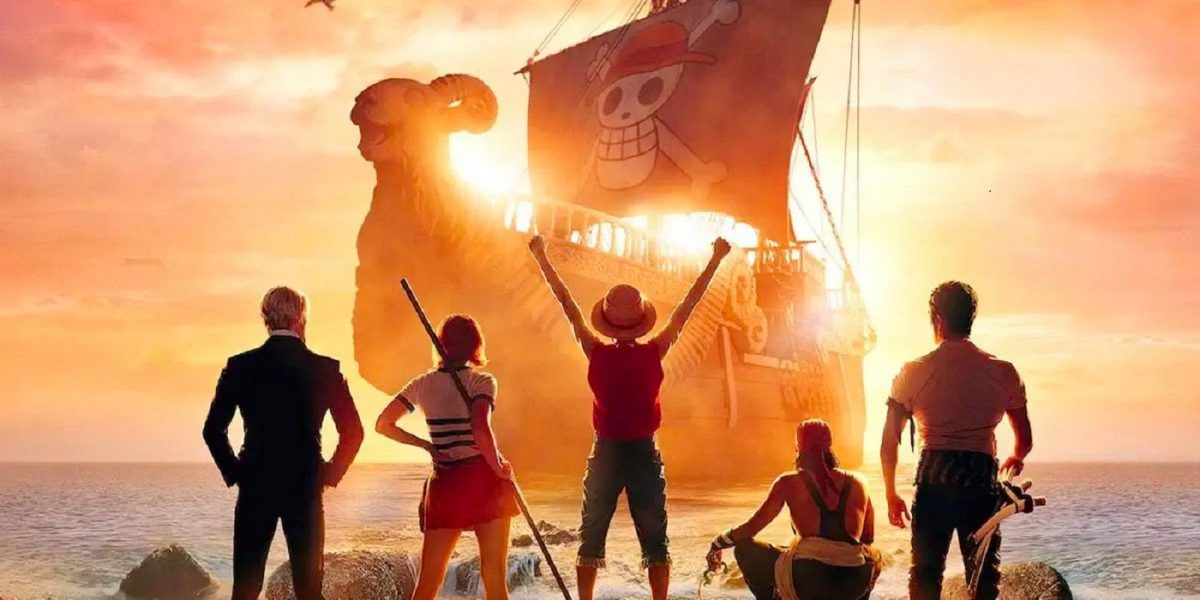
‘One Piece’ Production Designer Was Blown Away by the Show’s Scale
Sep 6, 2023
The Big Picture
Bringing One Piece to life in live-action was a huge challenge due to the unique and fantastical elements of the world, but the production team aimed to honor both the manga and the fans’ imagination. Oda, the creator of One Piece, allowed the team creative freedom in translating the series into live-action, but he gave input on important details, such as the inclusion of electricity in the world. Each set in the series has its own story and backstory, with careful consideration given to how the characters and their traits influenced the design, such as the figureheads of the ships representing the spirit of the characters.
Manga is a unique art form. What starts as a passion project has the potential to grow into something greater. Mangaka Eiichiro Oda started writing One Piece for Weekly Shonen Jump in 1997, and the series quickly became one of the magazine’s most popular series and eventually grew to become the biggest manga in the world.
The book would get a very successful anime adaptation, a show that has passed 1,000 episodes and is still going strong. This world of pirates, treasures, dreams, and friendship resonates with people because, throughout all of the wacky antics, the heart of this story is about its incredible characters. One Piece is a series about a rubbery pirate knucklehead named Monkey D. Luffy as he goes on a journey to find hidden treasure and to become the king of the pirates. Along the way, he’ll encounter sea beasts, indestructible clowns, maniacal butlers, and fish people.
Bringing Oda’s vision to life was no easy task, but the crew behind Netflix’s One Piece adaptation were up to the challenge. In this interview, we talk to production designer Richard Bridgland about what went into bringing One Piece to life and how the characters influence the world around them.
One Piece (Live-Action) Release Date 2023-00-00 Cast Iñaki Godoy, Mackenyu, Emily Rudd, McKinley Belcher III, Jacob Gibson, Taz Skylar Main Genre Adventure Genres Action, Adventure, Comedy Rating TV-14 Seasons 1
MICHAEL THOMAS: It’s been a pleasure watching the show and seeing the amazing world of One Piece come to life for the first time. I want to start with the franchise as a whole – the anime and the manga. That’s a world that’s existed for almost 30 years now. Was it a challenge for you to bring that to life in live-action for the first time?
RICHARD BRIDGLAND: Absolutely, it was. It was an honor to do it, as well, because I know how passionate the fans are about it, how big the fan base is, and everything. I can’t lie to you, it was a huge challenge because not only is the world so unique—although it’s based on real life, and I based the designs on 18th-century piracy and then kind of built out from there just to give it a kind of authenticity—but it has these unique fantasy elements and these anachronistic elements. There are the snail phones, which are so fantastic, and just these wonderful details and everything. There was a great responsibility going into it to both honor [Eiichiro] Oda’s work in the manga and also to honor the imagination of all the fans because every fan will have their own imagined version of that world. We couldn’t possibly create something that everybody would be happy with every single detail, but we strove very hard to make sure that we honored the spirit of the manga, so I hope that’s what we did.
Image via Netflix
One of the things that really stood out to me was the inclusion of the snail phones and all of those elements that make it feel distinctly One Piece, right? One Piece is not comparable to your standard pirate adventure; there are these little differences that pop up here and there. We know that Oda did have some influence on this series. Did he offer you any suggestions or thoughts during your development process?
BRIDGLAND: No, Oda was very happy to let us kind of make our own translation of it because it’s a medium, I think, that is so different to the medium he works in. I imagine that he was happy to let us do that. We kept him involved at every stage, and so as I got concepts, they would get sent off to Oda for his comment, and he’d come back with comments. It was generally details, but every now and again, there would be something that was kind of major that we would have to ask him about.
I remember one of the big things was about whether there was electricity in the world. It was really interesting because I needed to have electricity in the world for lighting because otherwise everything was gonna be candlelight and fire and everything, and it was gonna be so it could get very one note like that. And it was interesting because he came back, and he said, “That’s such a good question.” He’d never really thought of it in such a bold way. I suggested that we use the cola power that appears later on in the manga, which is something we could have done, but he actually came back to us, and he said, “Look, don’t use the cola power. That’s something that appears later in the story arc, but let’s say, yes, there’s electricity.” And that was a big deal because it wasn’t changing the manga, but it was actually kind of putting a new rule in there, you know? So we had electricity, and I was allowed to use light. We concentrated with the Marines on that and everything, but he gave us the blessing.
Image by Annamaria Ward
That’s so fascinating. That’s one of those things where if you’re reading the manga or watching the anime, you don’t really think about it. That’s blowing my mind a little bit how some of the simplest things you had to take into account and make it fit within the world of One Piece.
Building off of that, I’m gonna be a little candid here, not all anime adaptations have been well received by their fans or by critics. Did that add any extra pressure, especially the scale of One Piece? How unique was this process compared to some of your previous work, like The Nice Guys or the other shows you’ve worked on before?
BRIDGLAND: In some ways, it was very similar because of my work process with research and drawing and all of that. But what was unique about working on One Piece is that it was important that all the sets had stories. So to make sense of them, I had to give backstories to them, and I was always guided by the One Piece lore and everything, so I didn’t just make stuff up.
For instance, with Windmill Village, where Luffy [Iñaki Godoy] comes from, for me, it was very important to understand how Luffy became a pirate, and how he could come across pirates, how much he loved the sea and loved sailing, and all of these things. So, although Windmill Village in the manga is next to the sea, I just thought, “Well, what about if he actually lives over the water? It’s like one of those fishing villages you get in Indonesia or the Philippines or something where the village is actually built out over the water. His room is just above the water. It would make sense of so much stuff.” Also, how he gets to meet Shanks [Peter Gadiot] because the pirate ships would be pulling in, and it’s a kind of refueling stop for the pirate ships. There were lots of things like that.
Another story that was really important, actually, was the story behind Baratie, and how that came about. Because when you see it in the manga, you have the ship with the fish head, and there’s that sort of pyramid on top and everything, which is great, it’s such a unique-looking thing, but once you adapt everything into live-action in the real world, you want to make it look credible and authentic and believable even to people who aren’t familiar with the manga. So, using the 18th-century piracy, I imagine that Zeff [Craig Fairbrass], when he gave up pirating and wanted to create his restaurant, went down to the pirate scrapyard and he used his own ship, and he got a couple of other galleons. He needed some office space above, he needed some quarters for his crew to live in, and so he just stuck those on top of his ship and everything. Then on the way out, there happened to be a big fish head sculpture that he bought, and so you put that on the front. Then when you put all that together into the design of the thing, it actually makes something that feels like Baratie from the story, but also is credible in a live-action world as well. So all the sets had these stories behind them, and that was kind of unique to get to the designs like that.
Image via Netflix
That’s one thing I did notice very early on in the series, watching it and seeing the details you all put in. We have to talk about the Going Merry, right? It’s a beautiful ship and is very important to the heart of One Piece, especially in these early story arcs. I love the contrast between Luffy’s classic wooden design for the Going Merry, and then you have Garp’s [Vincent Regan] metal-clad warship. You were talking about each set having its own story; did each character play a role in making sure the set is distinct?
BRIDGLAND: It’s interesting, with all the figureheads of the ships, I couldn’t just copy them straight out of the manga and make them in real life, they would look kind of goofy. I had to create a credible real-life version of them. So, what was apparent to me from going into the manga was that all of these figureheads were actually kind of symbols for the spirit of that character. So when you see Alvida’s [Ilia Isorelýs Paulino] duck, it’s just fantastic because it’s got all the elegance and beauty that she really believes she has, and actually, in a way, she really does have because of the way she carries herself. It’s totally unique, but also it’s got this really fierce glint in her eye.
Then with Luffy, obviously, this was actually the hardest and most important thing to get right in the whole show because that figurehead kind of encapsulated Luffy’s character. He’s indomitable, you know, he’s courageous. He also laughs a lot, and he laughs in the face of danger. So, there was this ram’s head that is in the manga, but I wanted to turn it into a real ram’s head, but it had to be a laughing ram because that’s the spirit of Luffy; it’s a ram because he’s indomitable and courageous, but it’s laughing. And then the thing that I wanted that would sort of carry it over from the manga was I gave it the same eyes as appeared in the manga. Originally, I designed up with laughing eyes and everything, but after a whole bunch of iterations, we decided that actually, it really kind of spoke back to the manga to have the same eyes. So I had a nice balance between the two things.
Image via Netflix
I love hearing you talk about the smile you gave the ram’s head because when we first got set photos and the behind-the-scenes for the show, that’s the one thing that stood out to me and many fans of One Piece. The ram’s head looks very similar, but you did have that distinct change. But hearing your explanation of how it’s reflective of Luffy’s personality makes me love that new detail that much more. Honestly, I think that’s such a creative genius when it comes to adapting that.
That said, I want to ask you a straightforward question. What was your favorite set from this season?
BRIDGLAND: Oh yeah, I’ve been dreading this question. [Laughs] First of all, there were so many sets. This is such a big world. It was like designing four feature films because every two episodes is one part of the East Blue world, and then we move on to a completely new part. We don’t see anything from the previous part. We see Garp’s ship and we see the Going Merry a bit later on crossing over, but otherwise, you just move on to all these different sets. We kind of had a running joke while we were making the show, my team, that our favorite set was always the next set that we were building because we fell in love with that one next.
So, you know, it’s a tough call, but I’ve got to say, I think the sets that I enjoyed, that have kind of really lasted with me and that I’m most affectionate for, I think, probably are the Baratie sets, the exterior Baratie. I think it’s such a striking image. First of all, it’s such a unique-looking restaurant, but a unique-looking ship, and every detail in it had its own logic. It had the fish head on the front, and originally we were going to put the dorsal bar inside the ship, and I designed this set that would have been really beautiful, but it was very sort of samey, it was another interior set. We were thinking about how we could show more of the ship because we liked it so much, so I came up with the idea of putting the bar inside the fish’s mouth. Having had a few drinks at the dorsal bar myself, I think it is actually probably the best bar I’ve ever been to in the world. [Laughs] So it was pretty unique.
Image via Netflix
That’s amazing. Like you said, every couple of episodes, you are moving to a different set and location. I want to take a second and talk about Syrup Village, the Usopp [Jacob Romero] episodes. Those are very different from the Sanji [Taz Skylar] episode when he’s introduced in Baratie. They just feel like two completely different regions, even though we don’t see much Syrup Village outside the mansion. What were your favorite smaller details sprinkled throughout because it’s still a very unique place even though Luffy doesn’t explore it to the extent of some of the other villages they visit?
BRIDGLAND: It was interesting. With so many of the other places, we would build the village. We didn’t use very much visual effects to actually create the places, we just built the sets. And you’re right, Syrup Village is one of the ones that we didn’t build a whole backlot for that because the main action in those episodes actually happens at Kaya’s [Celeste Loots] mansion. A lot of effort went into Kaya’s mansion and then at the Syrup Village shipyard, which was a huge backlot set, and we used every single ship that we had to create that and redress them and all kinds of all kinds of things so that they wouldn’t be recognizable.
Actually, in his village, we had a lot of fun. The restaurant that he passes that you see is the restaurant that actually appears in the manga. There is a store that he passes, which actually you can find in the manga. So we put in those little details, but where we really went to town on the details was in Kaya’s mansion. We did a lot of stuff there where, obviously, we had the snail phones that our wonderful creature department built, but in the hallway, I created a hallway that was all Trompe-l’œil murals. The idea behind that was that this was the place where it was the showroom where people would come in when they wanted to buy a ship, and they would have loads of the ships that they built previously for other pirates and characters actually painted on the walls so that you could see the kind of ships that you could order.
When you go into the kitchen, every can of food has its own unique labels that all relate back to things in the One Piece world. I can’t even remember, there were so, so many, but we never had a generic food label or drink label or anything like that. So it went down to that kind of granular detail, which, actually, a lot of which you won’t even see unless maybe you freeze the odd frame in the episodes. But it was important that all of those things were in there because not only do all those details go to make the world feel very One Piece, but also, made the actors feel completely immersed in the world, as well, which I think was really important.
Image via Netflix
I know you guys did use some CG and blue screen, but still having those physical sets there for them to interact with, I think, played a huge role in making this feel as authentic as possible. Having the cast able to actually stand on the Going Merry and being able to film entire scenes there in the kitchen, on the deck, it added a new layer of immersion that I think is lost sometimes when we just heavily rely on computer-generated images when it comes to like you said, the simple background dressings that we won’t even see unless we zoom in like three times. It still adds to that immersion.
BRIDGLAND: It’s true. We only used visual effects really just to extend the world beyond the sets, but it was pretty old-school filmmaking. We built big sets, and it was like one after another. It really was important for One Piece to feel credible and not feel sort of somewhere between a live-action thing and the anime. If too much had been visual effects, like, say, a lot of Star Wars stuff is shot that way, it wouldn’t have felt like a real world, and it was really important that by doing a live-action version, it felt like a real place, but just a kind of parallel world.
You mentioned earlier that 18th-century inspiration, like classic pirate tales. Were there any other films or shows that inspired you at all or that you used as reference when crafting the aesthetic of One Piece outside of, of course, the manga?
BRIDGLAND: Yeah. Actually, there was a whole bunch of them. It was funny because, with my team out in South Africa, I started a movie club when I got there at the local independent cinema. On Wednesday nights, I started showing all the reference films that I had been watching, and then also our director and DP, so that we could all share in the reference that we’ve been looking at. There were all kinds of various references. There were some fabulous Kung fu movies that we watched. There were some really lovely old movies, there’s a lovely old version of Beauty and the Beast from the 1940s, Jean Cocteau’s La Belle et La Bête; we looked at that. It was for different references, or it might just be for the atmosphere. All of that kind of thing. There wasn’t a sort of single movie reference that was kind of like, “Oh, this is what we’re trying to achieve,” because what we were trying to achieve was unique, but we were taking things from all kinds of different other movies.
Image by Jefferson Chacon
Is there anything you’re looking forward to in the future if you watch the anime or read the manga? Is there a specific location set or anything you can’t wait to get to in future seasons?
BRIDGLAND: Wow. Again, you mean apart from all of them? [Laughs]
There’s a lot of One Piece to cover.
BRIDGLAND: There is! Do you know what? I’ll tell you, I think the ones that I’m most excited for the fans to see are the sets in Kaya’s mansion. First of all, in the manga, you don’t see a lot of the mansion. In fact, I think a lot of it takes place outside, most of the story takes place outside the mansion in the manga. And actually, we placed a lot of the story inside for a bunch of practical reasons, but also, we wanted to shed more light on Kaya’s character. So, those will be very unique glimpses into a part of the One Piece world that’s kind of hidden.
There were some great stories behind each of those sets, like the hallway I was telling you about, the dining room has its own story, as well, and they’re very unique-looking sets for the interior. The garden, as well, kind of inspired by Alice in Wonderland a little bit, among other things, is pretty unique. So I think of all of those Kaya’s mansion sets are the ones I’m most excited for people to get to, and see how they feel about them. But I hope that we have honored Oda’s work in doing them. We certainly followed the lore and the logic in creating them.
The live-action One Piece series is now streaming exclusively on Netflix.
Publisher: Source link
Victoria Monét Shared A Picture Of The Extra Weight She's Gained, Particularly In Her Butt, Thanks To PCOS, And She's Learning To Love It
"Now there are two moons on the stage."View Entire Post › Disclaimer: This story is auto-aggregated by a computer program and has not been created or edited by filmibee.Publisher: Source link
Apr 29, 2024
Untangling Taylor Swift’s and Matty Healy’s Songs About Each Other
"Loml": In this moving track, Taylor first sings about being called the love of someone's life "about a million times." However, the dynamic soon changed. "If you know it in one glimpse, it's legendary," she notes. "What we thought was…
Apr 29, 2024
I’m Pretty Much The Dumbest Guy On Earth So These 22 Absolutely Incredible Pictures Put My Brain In A Blender Immediately After I Saw Them
I'm Pretty Much The Dumbest Guy On Earth So These 22 Absolutely Incredible Pictures Put My Brain In A Blender Immediately After I Saw Them 1. This is what Nicolas Cages' father, August Coppola, looked like: 2. This is how…
Apr 28, 2024
Reese Witherspoon & Daughter Ava’s Resemblance Is Wild in Twinning Pic
Reese Witherspoon Hit the 2024 Golden Globes Red Carpet with a Special Date: her eldest son Deacon PhillippeReese Witherspoon and Ava Philippe walk the line of being impossible to tell apart. In fact, the Legally Blonde star and her 24-year-old…
Apr 28, 2024
